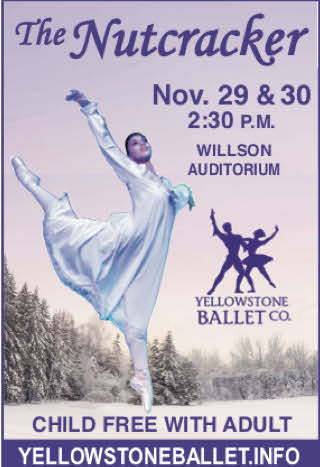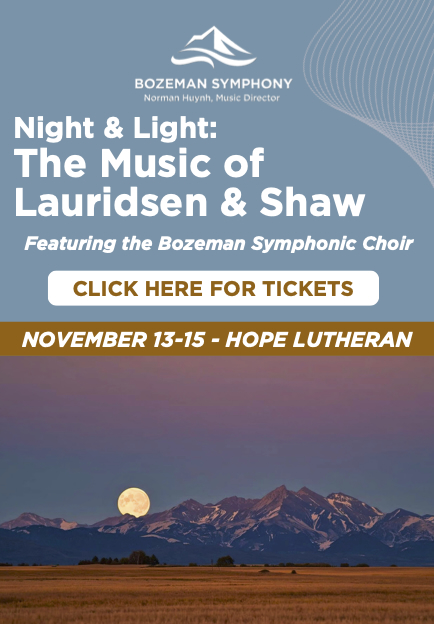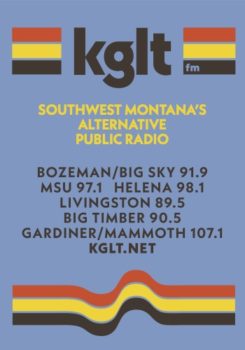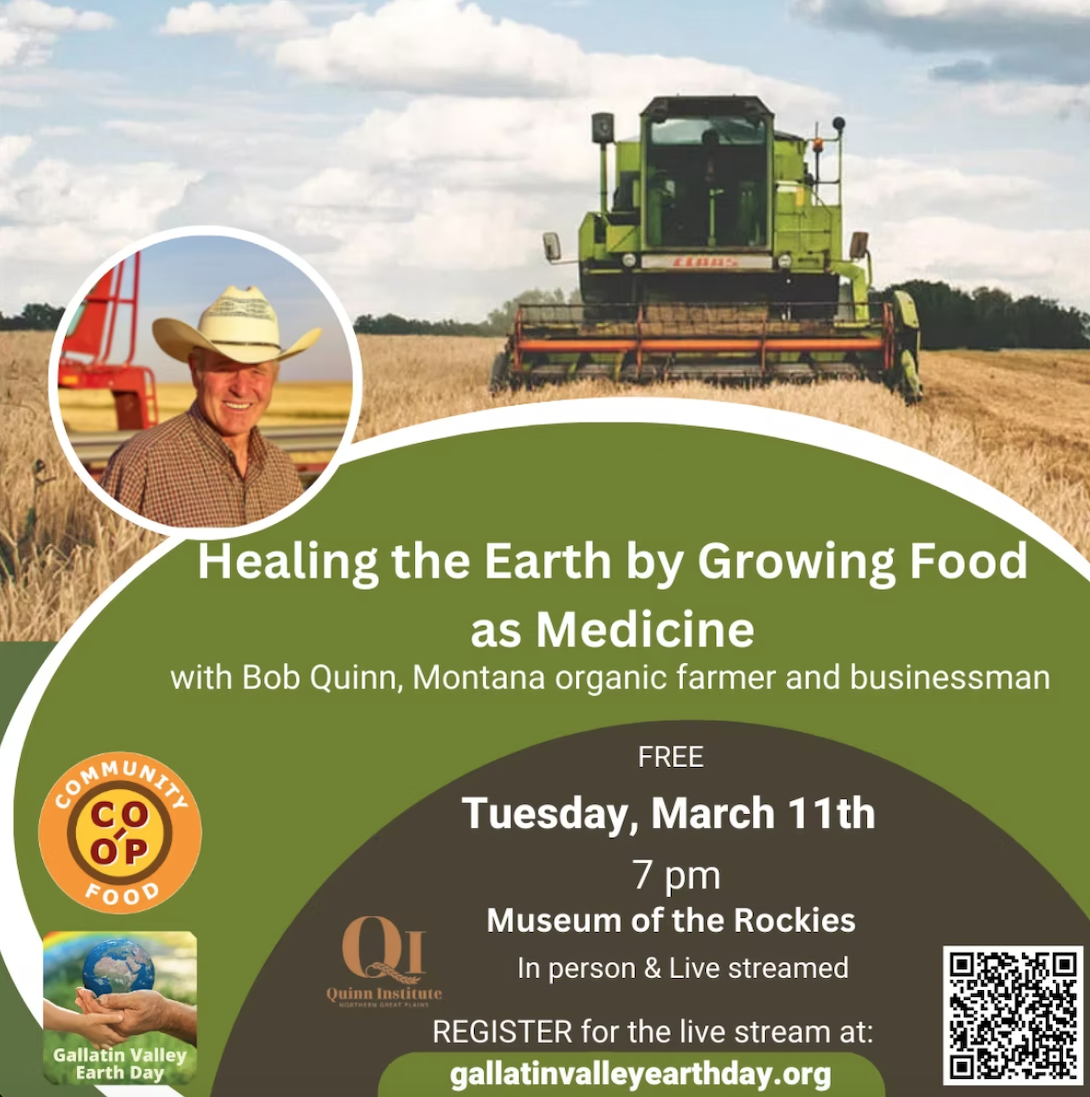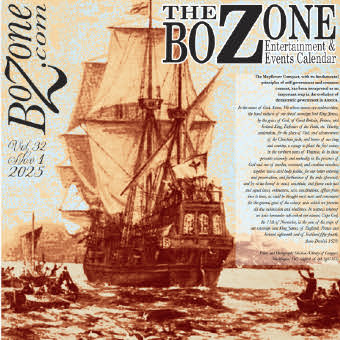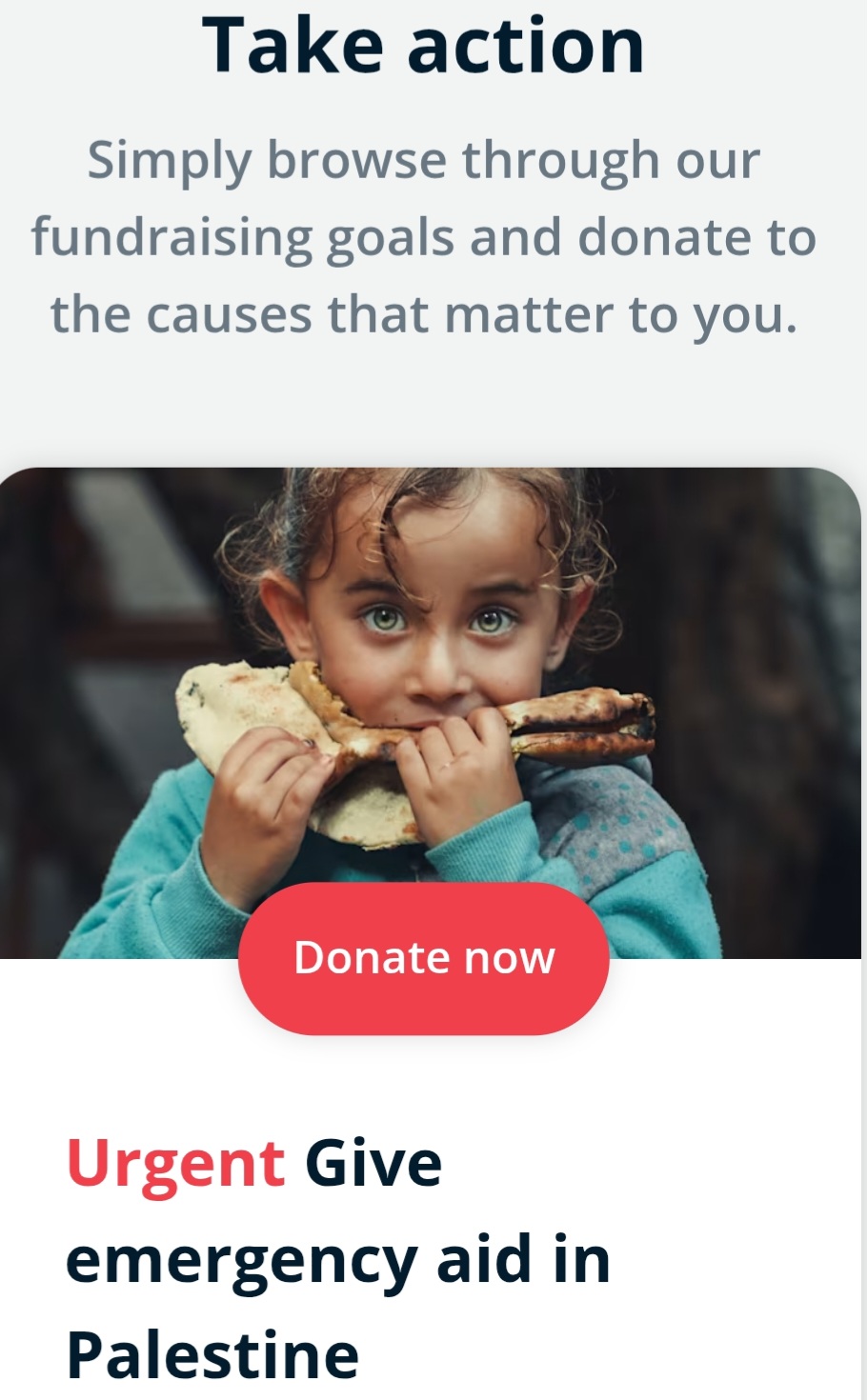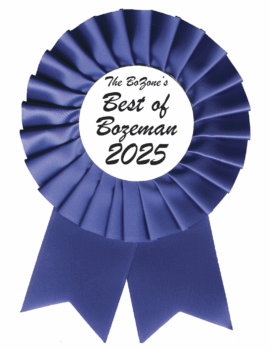Tourism to Yellowstone creates $642 million in economic benefits
Report shows visitor spending supports 7,000 jobs in local economy
From Yellowstone Public Affairs
MAMMOTH HOT SPRINGS, WY – A new National Park Service (NPS) report shows that 4 million people to Yellowstone in 2019 spent $507 million in communities near the park. That spending supported 7,000 jobs in the local area and had a cumulative benefit to the local economy of $642 million.
“The positive economic impacts of Yellowstone are essential to economies of Wyoming, Montana, and Idaho,” said Superintendent Cam Sholly. “It is important that we continue working with our state and local partners to balance the many benefits of tourism with our continued efforts to protect the world-class resources within the park.”
The peer-reviewed visitor spending analysis was conducted by economists Catherine Cullinane Thomas of the U.S. Geological Survey and Lynne Koontz of the National Park Service. The report shows $21 billion of direct spending by more than 327 million park visitors in communities within 60 miles of a national park. This spending supported 340,500 jobs nationally; 278,000 of those jobs are found in these gateway communities. The cumulative benefit to the U.S. economy was $41.7 billion.
Lodging expenses account for the largest share of visitor spending, about $7.1 billion in 2019. The restaurant sector had the next greatest effects with $4.2 billion in economic output. Motor vehicle fuel expenditures were $2.16 billion with retail spending at $1.93 billion.
Visitor spending on lodging supported more than 58,000 jobs and more than 61,000 jobs in restaurants. Visitor spending in the recreation industries supported more than 28,000 jobs and spending in retail supported more than 20,000 jobs.
The report authors also produce an interactive tool that enables users to explore visitor spending, jobs, labor income, value added, and output effects by sector for national, state, and local economies. Users can also view year-by-year trend data. The interactive tool and report are available at the NPS Social Science Program webpage: https://www.nps.gov/subjects/socialscience/vse.htm
The report includes information for visitor spending at individual parks and by state.
Check the National Park Service’s webpages about Wyoming, Montana, and Idaho to see how the Agency works with communities in these states to help preserve local history, conserve the environment, and provide opportunities for outdoor recreation.
Learn more at www.nps.gov/yell. •
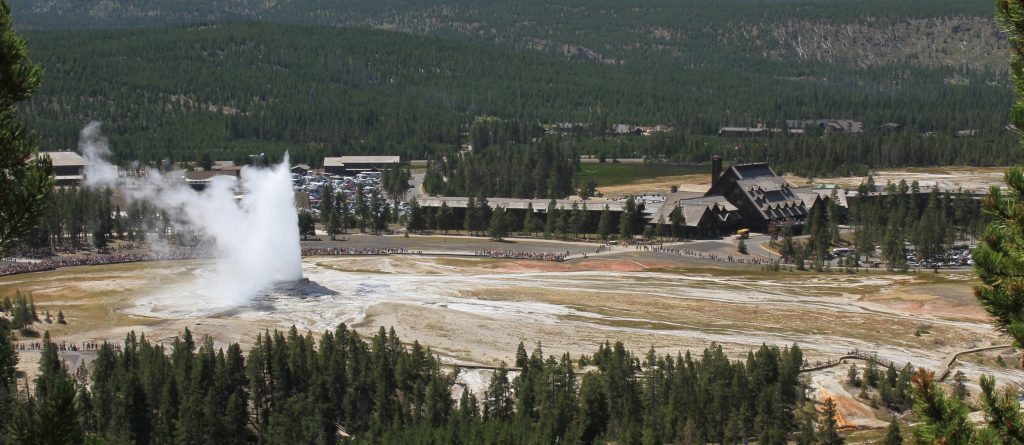
Visitors watching Old Faithful Geyser with OFI and OFVEC in background
photo by Jim Peaco
